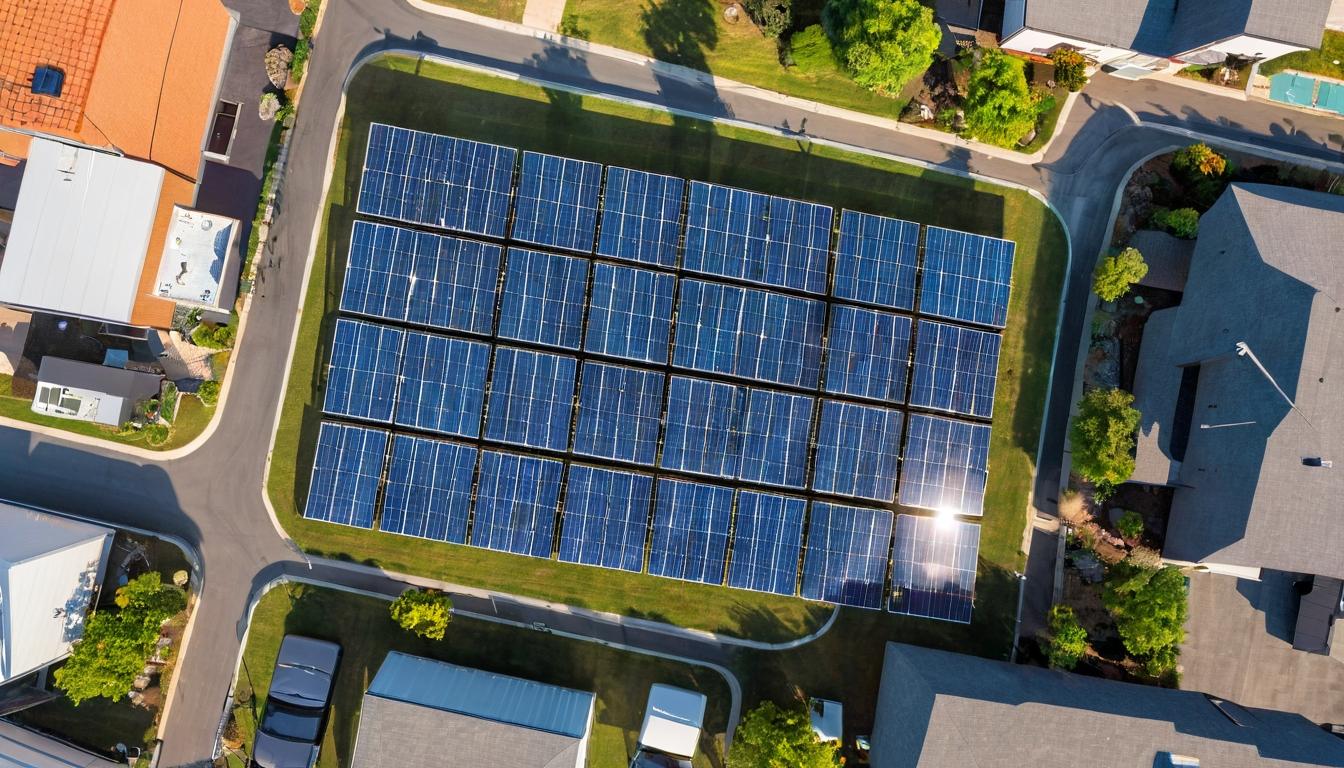The solar panels shimmering on rooftops across suburban America tell only part of the story. While residential installations capture the public imagination, the real transformation is happening at the grid level, where solar is quietly rewriting the rules of energy economics. Utilities that once viewed solar as a niche threat are now embracing it as their cheapest power option, creating a seismic shift that's reshaping energy markets from California to Texas.
Behind this transition lies a technological arms race that most consumers never see. Solar panel efficiency has increased by approximately 0.5% annually for the past decade, while manufacturing costs have plummeted by over 80% since 2010. The result: solar has become the cheapest electricity in history in many markets, undercutting even natural gas and coal. But this price advantage comes with complications that keep grid operators awake at night.
The intermittency problem—what happens when the sun doesn't shine—has spawned an entire ecosystem of storage solutions and grid management technologies. Battery storage costs have fallen nearly 90% in the past decade, creating opportunities for solar-plus-storage projects that can deliver power around the clock. Meanwhile, advanced inverters and smart grid technologies are enabling utilities to manage solar's variable output with increasing sophistication.
Manufacturing innovations are driving much of this progress. The shift from polycrystalline to monocrystalline PERC cells has boosted efficiency while new technologies like bifacial panels and half-cut cells squeeze more power from every square foot. Even more radical approaches—including perovskite solar cells and building-integrated photovoltaics—are moving from laboratory curiosities to commercial viability.
Supply chain dynamics tell another crucial part of the story. China's dominance in solar manufacturing has created both opportunities and vulnerabilities for the global market. Recent trade policies and domestic manufacturing incentives aim to rebuild American solar production capacity, but the path forward remains uncertain. The tension between low-cost imports and supply chain security represents one of the industry's most pressing challenges.
Community solar projects are democratizing access in ways that individual rooftop systems cannot. These shared solar gardens allow renters, low-income households, and those with unsuitable roofs to participate in the solar revolution. The model has proven particularly successful in states like Minnesota and Massachusetts, where supportive policies have created thriving community solar markets.
The workforce development story remains equally compelling. Solar employment has grown faster than the overall U.S. economy for years, creating opportunities in installation, manufacturing, and project development. Yet the industry faces persistent challenges in training enough workers to meet demand, particularly as projects grow larger and more complex.
Looking ahead, the integration of solar with other technologies promises even greater transformation. Electric vehicles represent not just additional electricity demand but potential storage resources through vehicle-to-grid technology. Smart homes and buildings can automatically adjust their energy use to match solar production, creating a more flexible and efficient grid.
The policy landscape continues to evolve in response to these changes. The Inflation Reduction Act has turbocharged solar development with its extended tax credits and domestic manufacturing incentives, but implementation challenges remain. Meanwhile, net metering debates and interconnection reforms are reshaping the economic fundamentals for both residential and utility-scale projects.
What emerges from these interconnected developments is a picture of an industry in rapid evolution. Solar is no longer just an environmental choice—it's becoming the default economic choice for new power generation. The companies, utilities, and policymakers who understand this transition will shape America's energy future for decades to come.
The solar revolution is quietly transforming American energy, but not in the ways you might expect

